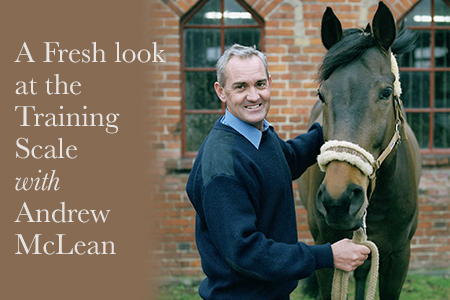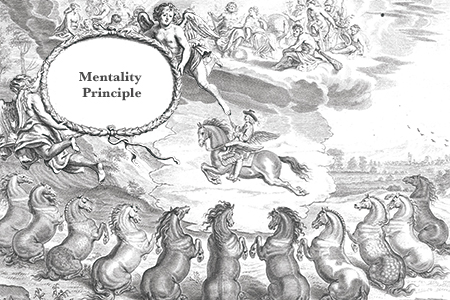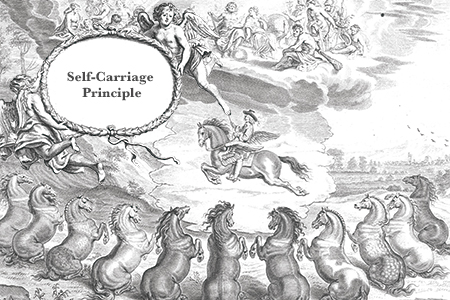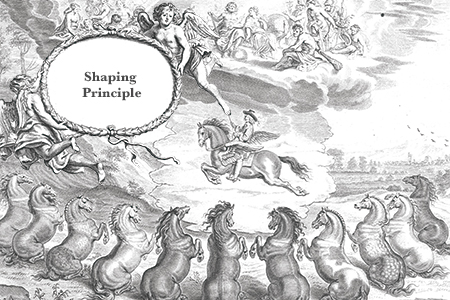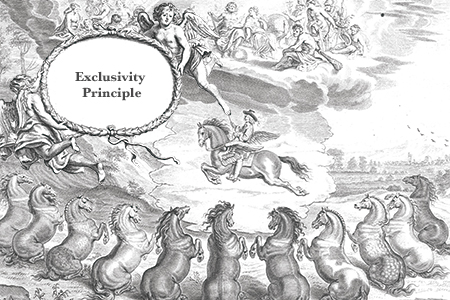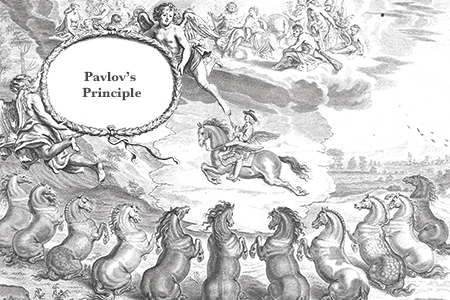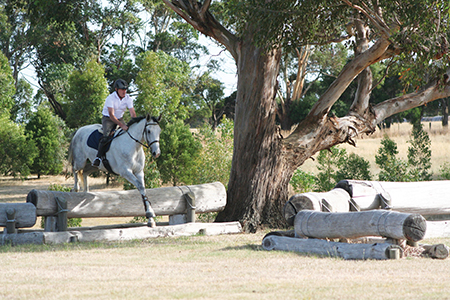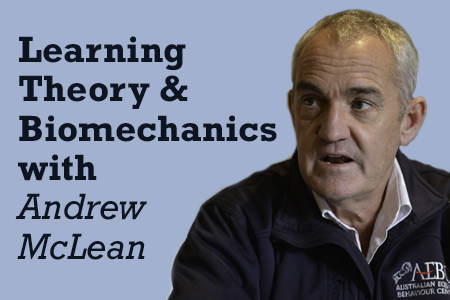A fresh look at the Training Scale With Andrew McLean
One of the refreshing things about Andrew McLean is that he is quite happy to cross-examine sacred cows, and always prepared to think outside the square. So while for most of us, the German Training Scale is very close to the revealed truth, for Andrew it is just another training method that needs to […] Read Article 8 Comments »

